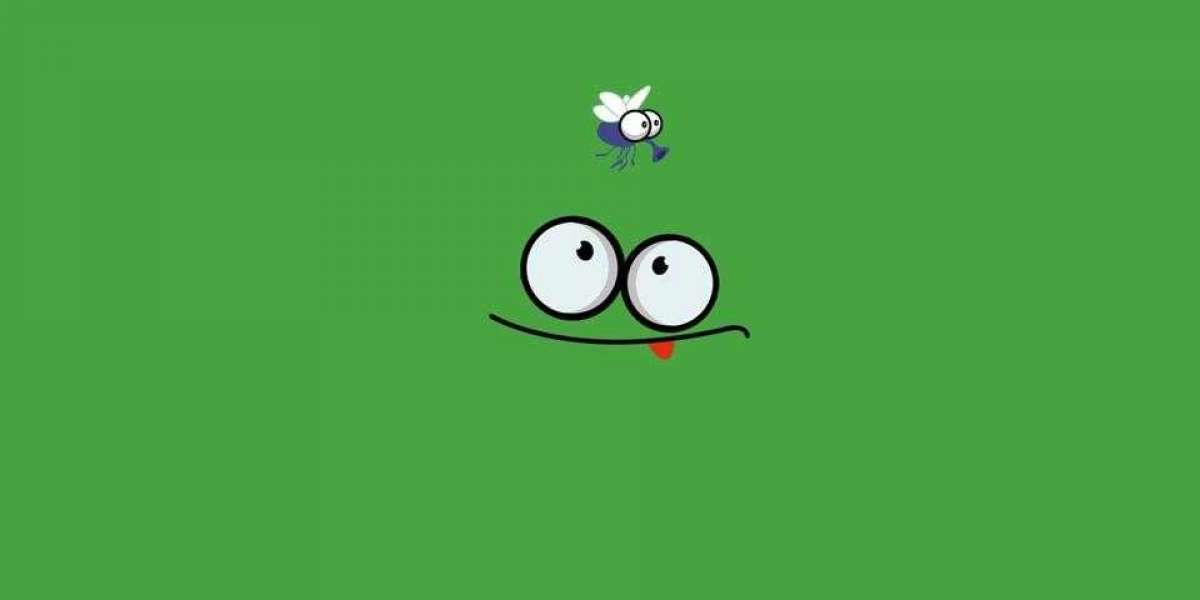Prior to the invention of sewing machines, clothes and other materials were sewn by hand. Hand sewing is an art form that was practiced over 20,000 years ago. During those days, sewing needles made of bone or animal horns and thread made of animal sinew were used. In the beginning of 14th century, iron needles were invented and later in the 15th century eyed needles were introduced.
It is believed that the first known attempt for a workable sewing machine was framed in 1790 by Thomas Saint. In 1800, sewing machine was invented and by the mid-nineteenth century it became popular among the public. After Thomas Saint, various attempts were made for inventing a sewing machine. But, all of them turned unsuccessful.
In 1830, Barthlemy Thimonnier-a French tailor- came out with the first functional sewing machine. It used only one thread and a hooked needle for a chain stitch. Later in 1834, Walter Hunt came with an idea for double-thread sewing machine and it was regarded as America's first successful sewing machine. The machine devised by Walter Hunt was a straight-seam sewing machine that used reciprocating eye-pointed needle and an oscillating shuttle.
Following Walter Hunt, Elias Howe developed a machine which had the same features as that of Hunt's sewing machine. After Elias Howe, Isaac Merit Singer patented a similar machine and was regarded as the first commercially successful machine. Singer's machine included a straight eye-pointed needle and transverse shuttle, a table to support the cloth horizontally, a vertical presser foot to hold the material against the upward stroke of the needle, and an overhanging arm to hold the presser foot. Instead of a hand crank, Singer's machine used a foot treadle similar to that of a spinning wheel. Helen Augusta Blanchard, Allen Wilson, John Bradshaw, Charles Miller, and James Edward Allen Gibbs were the other contributors who produced a remarkable framework for sewing machines.
Types of Sewing Machines
There are three types of sewing machines- mechanical sewing machines, electronic sewing machines, and computerized sewing machines. Since their introduction in 1800 till 1960's, all sewing machines were mechanical. Mechanical sewing machines are controlled by a rotary wheel. They have knobs and dials to make changes in the tension or the length or width of the stitch.
Lockstitch sewing machines make use of a hook and a bobbin thread to create stitch patterns, whereas chain stitch machines use a looper to form stitches. One of the major drawbacks of chain stitching is that it is very weak and the stitch can easily be pulled apart. In addition to lock stitching and chain stitching machines, there are blind stitch and buttonhole-and-button-sewing machines that use a spreader to create stitches.
Mechanical sewing machines are less expensive and are the simplest type of sewing machine in terms of build. Bernina 1008, Kenmore 11101, Singer 6038, Elna 2005, Kenmore Mini, Kenmore 15212, and Sears Kenmore 15218 are some of the mechanical sewing machines available in the market.
By the year 1970, electronic sewing machines became popular. There are more features in an electronic sewing machine than in a mechanical sewing machine. Instead of turning knobs or dials, electronic sewing machines use button to adjust length or width of the stitch. Electronic sewing machines have motors; each one is assigned with a specific task and is run by electricity. Singer 7442, Singer 7462, Singer CE-100 Futura, Elna 3230, and Janome Decor Excel 5124 are some instances of electronic sewing machines.
Another type is the computerized sewing machine, which is very fast and easy to use. Computerized sewing machines are similar to electronic sewing machines. They use the same chips and stepper motors that are used in electronic machines. Besides, they posses a microprocessor which helps the sewing machine to accept new information in a card form and create stitching patterns based on the information loaded in the card. Singer CE-200 Quantum Futura, Singer Quantum XL-6000, Brother SE270D, and Janome 8080 are some examples of computerized sewing machine.
Vintage Sewing Machines
Sewing machine is one of the key inventions that have helped to shape the modern world. There are many popular vintage sewing machines. Most popular vintage sewing machine companies trading over the Internet are Bradbury, Singer, Jones, Frister and Rossmann.
Vintage sewing machines are both collectible and usable. Old sewing machines are still popular because they are well-engineered, well-made workhorses. The value of a vintage sewing machine is great. There are a number of variables involved in determining the value of an old sewing machine; they are condition and completeness of the machine, rarity of the machine and geographic location of the machine.
Most vintage sewing machines date back to the beginning of the 1900's. Most of them are still very popular. Singer machine models 301A, 221 Featherweight and 66 are the popular vintage sewing machines. Of these, the Singer Featherweight 221 is a classic model manufactured by the company between 1933 and 1964. It is a 'collectible' of the first order and is featured on many Web pages which cater to antique sewing machine collectors.
Vintage sewing machines can be bought from stores or antique shops. Some suppliers of vintage sewing machines offer certificates of guarantee, or even warranties.
Before buying a vintage machine, check for authenticity and buy only from trustworthy sellers. Online auctions are dangerous places to buy expensive vintage sewing machines. As buyers don't know anything about the seller, they may cheat in the course of dealing. There are many helpful sites on the Internet providing relevant information about vintage sewing machines. EBay is popular among vintage sewing machine collectors.
Many individuals are now using vintage sewing machines as decorative pieces at home. They may be well-placed in a hallway, entryway, or a family room to showcase the beautiful craftsmanship. So if you possess a vintage sewing machine, take good care of it by consulting an antique dealer to find out the proper way to clean and maintain it. Vintage sewing machines are always an asset for future generations.
Choosing the right concrete mixer
A concrete mixer is a machine that homogeneously mixes cement, aggregates such as sand or gravel, and water to form concrete. A concrete mixer uses a rotating drum to mix the components. For small jobs, mobile concrete mixers are often used to make the concrete on the construction site and give workers enough time to use it before it hardens.
The Makeup Of An Excavator
The anatomy of an excavator is made up of a boom, dipper (or stick) and bucket. These pieces connect to a cab that sits on a rotating house. Most houses can rotate a full 360 degrees. Excavators are available with either tracks or wheels depending on the manufacturer and what the nature of a project is.
Excavators are available in a variety of sizes and can weigh up to 180,000 lbs. There are many other attachments for excavators that can take the place of the digging bucket to diversify the machine. By swapping out the bucket for an auger, drill, ripper or rake the excavator can be used for many different jobs.
Choosing the Right Excavator for The Job
The best way to choose what excavator rental is needed for your project is to assess what exactly you need the machine to do. Identifying the right size of excavator, what attachments are needed and how long you need the rental for will help you determine the best machine for your job. It is more efficient for a job to rent the right size equipment for what is needed instead of trying to make one piece fit for a variety of jobs.
To the uninitiated, tillers and cultivators may sound like two terms for the same thing --as if the words were completely interchangeable. The fact is they’re not. Though they are similar in design and concept, they are quite different and are intended for two specific purposes.
Essentially, a tiller is the larger of the two and is used primarily during the beginning of the year to prepare new gardens for the growing season. Tillers are often used at the end of the year, as well, to mix all leftover vegetation into the soil for decomposition. Tillers generally dig deep --up to 8 inches of soil can be churned.
Only once the plants have begun to sprout does a cultivator begin to do its job. Cultivating is defined as loosening the soil around growing plants. A cultivator does just that. Cultivators do not churn as deeply as tillers and are often used between rows; keeping the weeds at bay while helping to aerate the soil. This way, the plants benefit from loose soil, which allows more water and fertilizer to get to their roots. By keeping the weeds’ growth down they won’t be able to rob your plants of water and nutrients.
If your gardening space is less than 100 sq. ft., you may be able to use a cultivator in place of a tiller to prepare the soil for planting as well as cultivating during the growing season, thus avoiding the need for two pieces of equipment. For a job larger than that however, the tiller/cultivator combination works best.
If you plan on tilling once a year, then renting may be your best option. The cost of purchasing a tiller, in addition to maintaining and storing one, can be much higher than simply picking one up at your local rental dealer, using it and returning it when you are finished.
What Is a Trencher? Trenchers are pieces of earthmoving equipment that use a metal chain with teeth made of high-strength steel to rip into the ground like a chainsaw would into a tree. Similar to an excavator, a trencher rips up the soil and any roots in the way to create a trench.


